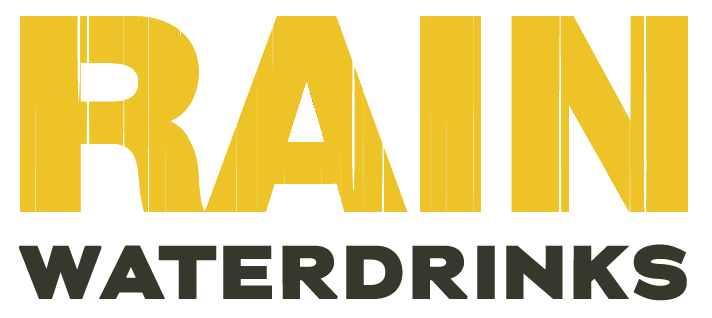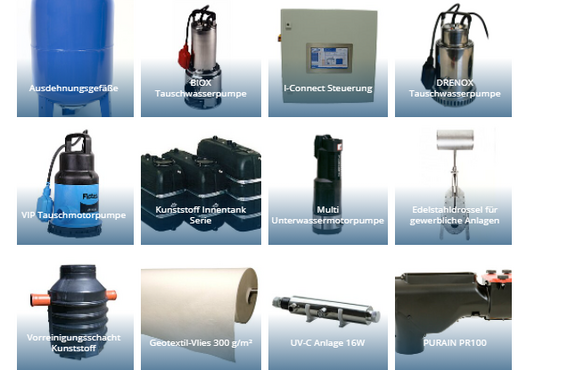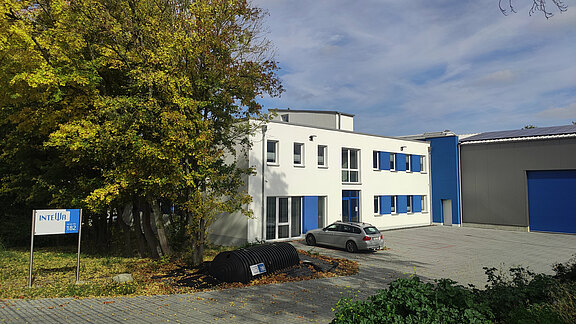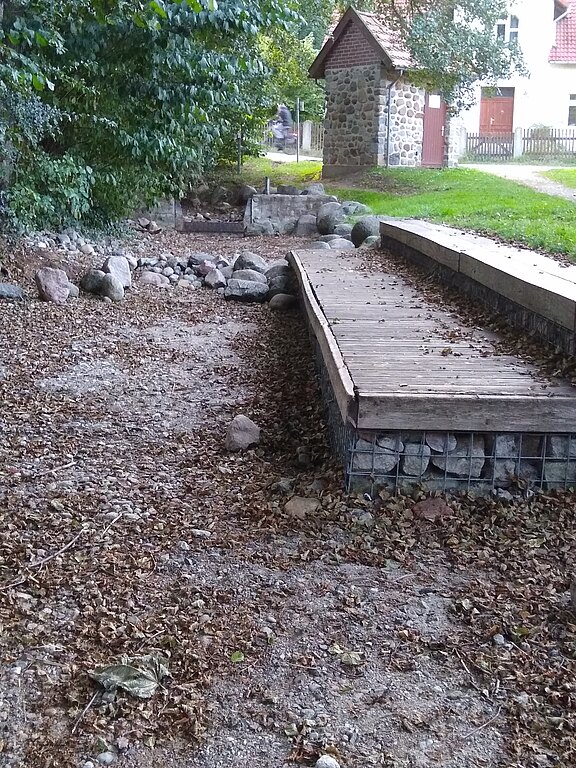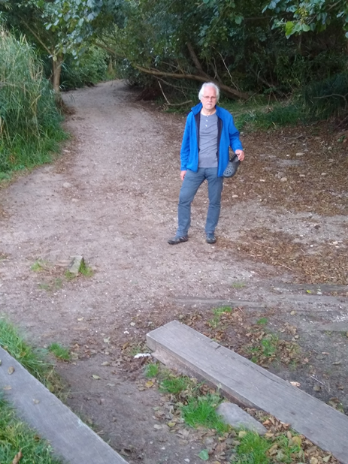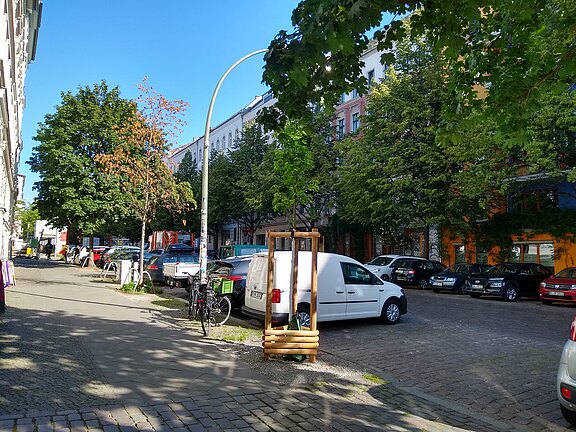The constant urbanisation, i.e. the migration of people into cities, is increasing year by year. This leads to the fact that cities are becoming increasingly dense in terms of development and therefore more and more existing green spaces are disappearing.
Rising local temperatures are the consequence, as the air tends to be dry due to the lack of sufficient green spaces and the draught in the form of wind is missing due to built-up open spaces. Furthermore, the increase in population leads to an increased demand for water. In Berlin, for example, the current situation is that the required water is pumped in two parts from the bank filtrate of the Spree and Havel rivers, but also in part from the groundwater.
These various factors mean that in the long term not only the climate within a city but also the landscape around it will change.
One aspect of this constant change is particularly noticeable in Berlin's urban trees, as many of them already suffer from constant water shortages. This is due, among other things, to the fact that the high level of groundwater extraction is gradually decreasing and the younger trees within the city are no longer able to extract water.
Erwin Nolde, Managing Director of Nolde & Partner, has been observing this situation for years: "Today I only have to look out of my office window - on the opposite side of the street a 15-year-old rowan tree is dying off due to lack of water.”
As already described, the increasing changes can be observed not only in the city. Since the groundwater below the city is insufficient, the waterworks also draw sources from the forests and natural areas outside the cities. As a result, the water level decreases as well and whole rivers dry up over time. "As an enthusiastic hiking paddler, I now have to carry my folding canoe - where I could paddle comfortably just two years ago - across the country all the time," reports Mr. Nolde. The course of the river in Carwitz, for example, where he loved to paddle, has now completely dried up.
All these are frightening images when you consider that water is one of our most important resources on our planet. But what action can be initiated to sustainably overcome this problem of water scarcity and thus restore the natural balance? And what can local authorities, but also each individual, do to protect flora and fauna and, last but not least, recreational sports on our lakes and rivers?
In order to preserve Berlin's stock of street trees, the Berlin Senate has already initiated a campaign called "City Trees for Berlin" in 2012. This campaign, which is mainly based on private donations, is about the Senate subsidizing new city trees when a certain amount of donations has been collected for one tree. Although almost 10,000 new trees have already been planted by the end of 2019, this approach does not offer a sustainable solution. The total cost of a new tree is €2,000, which includes the tree itself and the planting and maintenance of the first three years.
These new plantations are usually relatively small trees, which need several more years or even decades until they provide sufficient shade. In addition, only a fully grown deciduous tree is able to evaporate up to 400 litres of water and thus significantly cool down its surroundings. Larger trees that meet these requirements are many times more expensive and more susceptible in their planting. Only trees with long and deep roots are able to draw the required water from the earth. A sinking groundwater level therefore damages the growth of the trees in the long term.
And as we have seen, this damage is not limited to the flora within the city. Neither in terms of the trees themselves, nor in terms of the costs spent, which will only increase but not decrease in this way, this method can be a viable long-term solution.
In order to counteract these extensive problems - the lowering of the groundwater level, the overheating of cities and the drying up of entire river courses - the multiple use of water helps. A wide variety of methods have long been successfully established on the market for this purpose. Whether it is the collection and treatment of rainwater or the recycling of so-called grey water, which is the effluent from showers, hand basins or washing machines; with these methods the basic turnover of fresh water supply could be reduced enormously.
The areas of application here are manifold. The collected rainwater can easily be treated to industrial or even drinking water quality. The recycled grey water is ideal for flushing toilets, washing laundry and of course for watering plants and trees. These technologies can be easily implemented in existing and new buildings. It does not matter whether it is a single-family home, a multi-storey residential building, a hotel, a commercial project or a public building. Every building can make a contribution to groundwater protection in its city.
"For our office" - says Erwin Nolde - "wastewater is a resource for new water, for energy and for nutrients. The model for our actions is the Recycling Management Act, which unfortunately has so far only been applied to solid household waste.
It says that waste is to be avoided first and foremost, if this is not possible, it must be reduced or recycled. Only if these three measures mentioned above cannot be applied, the remaining waste (low emission) is to be disposed of. Although we produce 100 times more waste water in households than solid waste, waste water disposal plans are still being drawn up. The technology, e.g. for greywater recycling plants, which recycle up to 10 times more heat energy than is needed to turn grey water into a very high-quality process water, is available. Corresponding recycling plants have proven themselves in practice for more than 30 years in some cases. There is a lack of consistent implementation."
It is difficult to find reasons why they are not already being used across the board. It cannot be due to the investment costs, because the additional technology usually costs - in relation to the rented living space - no more than one month's cold rent.
The new greywater commercial systems from INTEWA even pay for themselves within a few years. There is no more efficient way to invest your money today.
A future-oriented cooperation between the municipality and each individual makes sustainable water management in the city and around it possible. The fresh water from the waterworks would only have to be provided for purposes that require drinking water quality, and the treated water could be used for other purposes. For example, anyone with their own treated water would be able to water the trees in their street at no extra cost. In the long term, water recycling will not only save existing urban trees from dying or reduce the cost of new planting, but will also improve the general urban climate for people and protect the surrounding area from drying out. In this way, not only people and nature, but also water sports are sustainably helped.
Further information about our products and systems in the field of water treatment can be found here.

